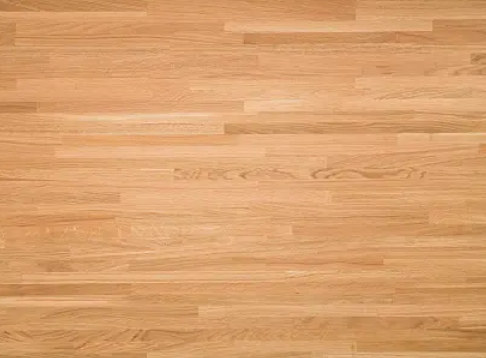
The Timeless Elegance of Wood Parquet Flooring
Parquet flooring is a stylish and versatile option for those who want to add a touch of luxury and warmth to their homes. Among the various styles of parquet available, herringbone is undoubtedly the most popular. This classic pattern is elegant and visually appealing, and it can work well in both traditional and modern interiors.
If you’re considering installing herringbone parquet flooring, this guide will help you understand the basics of the installation process, care, maintenance, and design considerations.
Choosing the Right Material
Herringbone Plank flooring comes in different materials, including solid wood, engineered wood, and laminate. Your choice depends on your personal preferences, budget, and the conditions of the room in which you intend to install the floor.
Solid wood is the most expensive and requires the most maintenance, but it’s also the most durable and authentic option. Engineered wood is a more affordable and practical alternative, as it’s more resistant to moisture and temperature fluctuations. Laminate is the cheapest option, but it doesn’t look or feel as natural as real wood.
Preparing the Subfloor
Before you install parquet flooring, you need to prepare the subfloor properly. It should be clean, dry, level, and free of bumps and cracks. If your subfloor needs repair or leveling, it’s advisable to hire a professional who can do it properly.
Additionally, you should consider installing a suitable underlayment to avoid noise, moisture, and thermal transmission. This can be a foam, cork, or rubber underlayment, depending on what you prefer.
Installing the Parquet Flooring
Once the subfloor is prepared, you can start installing your herringbone parquet flooring. This is a complex and time-consuming process that requires precision and patience. It’s recommended to work with a professional installer who has experience in laying herringbone patterns.
The process involves cutting the wooden pieces into the proper shape and size, arranging them in the herringbone pattern, and gluing or nailing them down. You need to ensure that the pattern is aligned, the joints are tight, and the pieces fit snugly together.
Maintaining and Caring for Your Floor
Once your herringbone parquet flooring is installed, you need to take proper care of it to ensure its durability and beauty. This includes regular cleaning, avoiding scratches and dents, and reapplying finish periodically.
You should use a soft-bristled brush or a vacuum cleaner with a wood-friendly attachment to remove dust and debris daily. Avoid walking on the floor with high heels, dragging heavy furniture, or spilling liquids on it. If you need to move furniture, lift it carefully and use felt pads or furniture glides to prevent scratches.
Finally, you should reapply finish every few years to protect the wood from wear and tear and maintain its shine. This can be a DIY project, but it’s recommended to seek professional advice and help to ensure optimal results.
short:
In short, herringbone parquet flooring is a timeless and charming option for those who want to elevate their homes’ aesthetics and comfort. By choosing the right material, preparing the subfloor correctly, installing the pattern accurately, and taking good care of it, you can enjoy your herringbone floor for many years to come. Remember to consult with professionals, enjoy the process, and embrace the beauty and warmth of your new flooring.